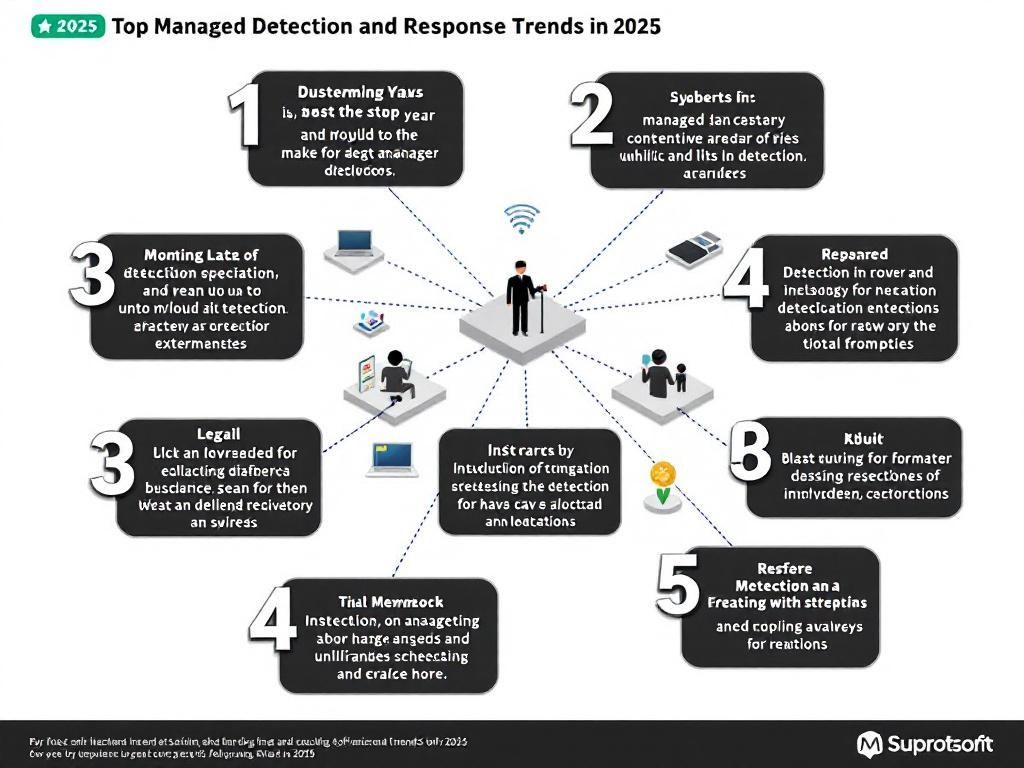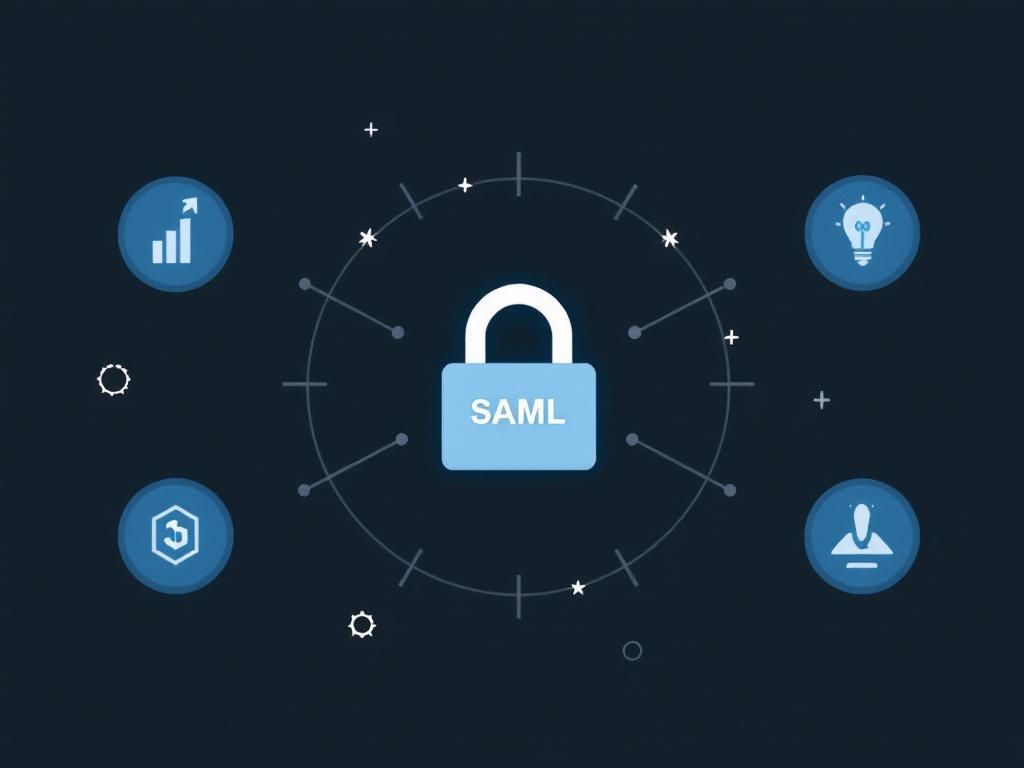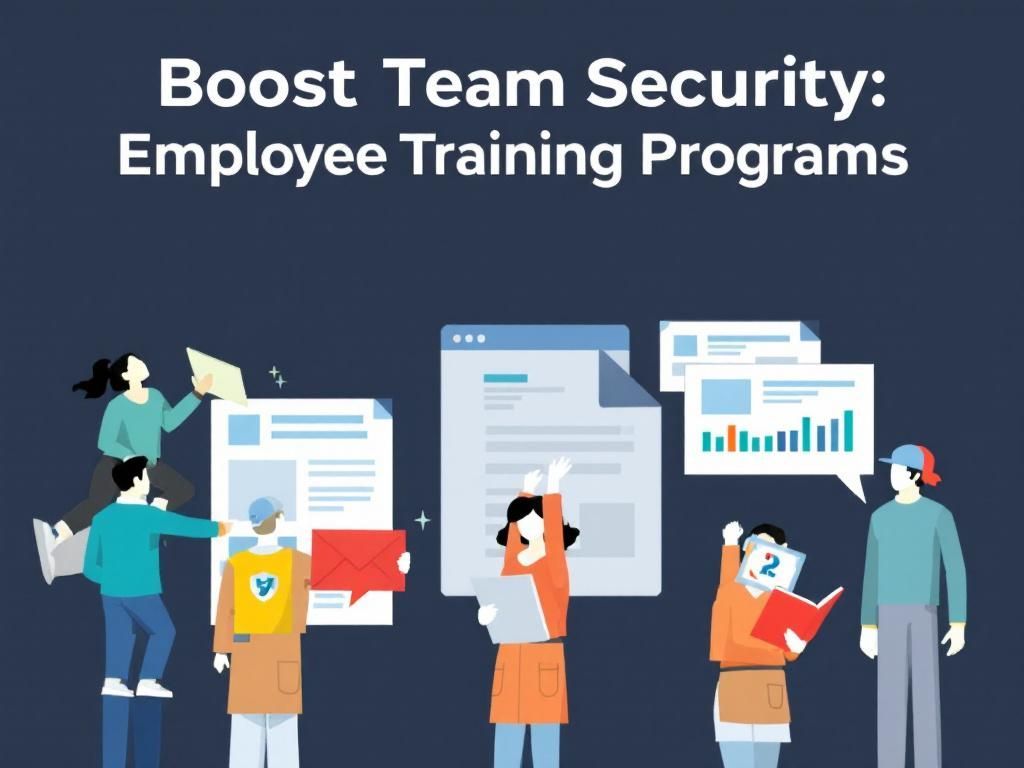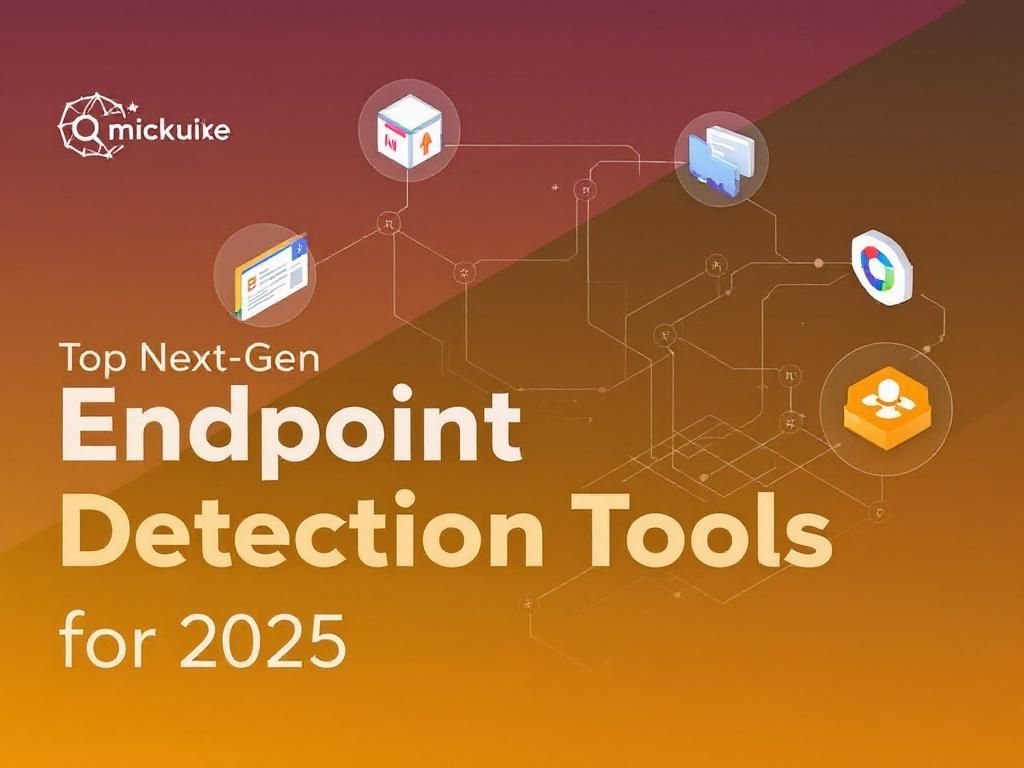Elevate SaaS Security with Cloud Posture Management
Discover how Cloud Posture Management can significantly enhance your SaaS security and protect your organization's data from potential threats.
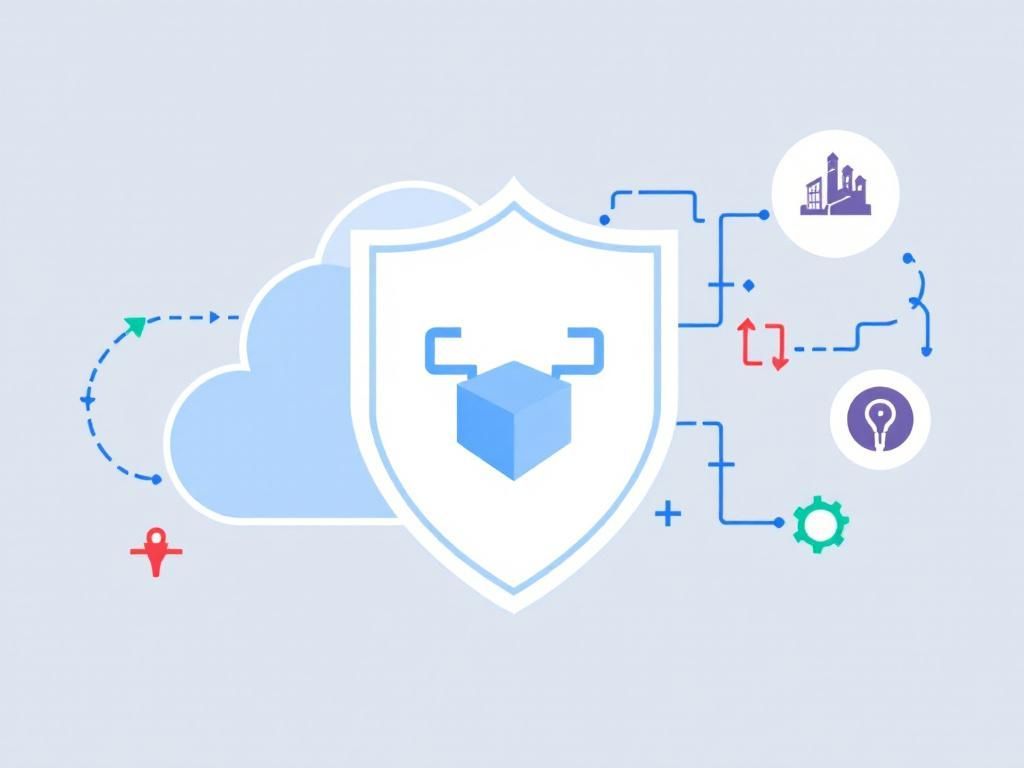
As businesses increasingly rely on Software as a Service (SaaS) applications for their operations, the need for robust security measures has never been more critical. With sensitive data being stored and processed in the cloud, organizations must adopt advanced security strategies to protect their assets. One such strategy is Cloud Posture Management (CPM), a proactive approach that ensures cloud environments are configured securely and aligned with compliance mandates.
Table of Contents
Understanding Cloud Posture Management
Cloud Posture Management refers to the process of continuously assessing and improving the security posture of cloud resources through automation and visibility. CPM solutions provide organizations with the tools necessary to identify misconfigurations, vulnerabilities, and compliance violations within their cloud environments.
Key Objectives
- Visibility: Gain insights into the security status of cloud resources.
- Compliance: Ensure adherence to industry standards and regulations.
- Remediation: Automate the process of fixing vulnerabilities and misconfigurations.
- Risk Management: Identify and prioritize risks based on their potential impact.
The Importance of CPM in SaaS Security
With the widespread adoption of SaaS applications, organizations face unique security challenges. Traditional security measures often fall short in addressing the complexities of cloud environments. CPM plays a crucial role in enhancing SaaS security by:
Enhancing Visibility
Many organizations lack comprehensive visibility into their SaaS applications, leading to potential blind spots in security. CPM facilitates:
- Real-time monitoring of cloud configurations.
- Detection of unauthorized access and usage patterns.
- Identification of security gaps before they can be exploited.
Ensuring Compliance
Compliance with standards such as GDPR, HIPAA, or PCI-DSS is non-negotiable for most organizations. CPM helps maintain compliance by:
- Automatically assessing configurations against compliance frameworks.
- Generating reports to demonstrate compliance status.
- Alerting teams to any deviations from required standards.
Best Practices for Implementing Cloud Posture Management
Implementing a successful Cloud Posture Management strategy requires meticulous planning and execution. Here are some best practices organizations should consider:
1. Choose the Right Tools
Select a CPM solution that integrates seamlessly with your existing cloud infrastructure. Consider factors such as:
| Feature | Importance |
|---|---|
| Integration Capabilities | Ensures smooth operation across multiple platforms. |
| Real-time Monitoring | Allows for immediate detection of vulnerabilities. |
| User-Friendly Interface | Simplifies the management of security features. |
2. Establish a Baseline
Define what a secure configuration looks like for your organization. This involves:
- Documenting standard configurations for cloud resources.
- Regularly reviewing and updating these baselines based on evolving threats.
3. Automate Remediation
Manual remediation can be time-consuming and error-prone. To streamline the process:
- Use automated tools to fix common misconfigurations.
- Implement workflows for alerting teams about critical vulnerabilities.
4. Continuous Monitoring and Improvement
CPM is not a one-time effort. Organizations should:
- Regularly reassess their security posture.
- Adapt to new threats and compliance requirements.
- Engage in threat intelligence sharing with industry peers.
Challenges in Cloud Posture Management
Despite its benefits, implementing CPM is not without challenges. Understanding these challenges can help organizations mitigate risks effectively.
1. Complexity of Cloud Environments
As organizations adopt multi-cloud strategies, managing the security posture across different platforms can be overwhelming. This complexity necessitates:
- Advanced tools that can handle multiple environments.
- A skilled team that understands the intricacies of each platform.
2. Evolving Threat Landscape
Cyber threats are constantly evolving, and organizations must stay ahead of the curve. This requires:
- Regular updates to security protocols.
- Continuous education and training for security teams.
3. Resource Constraints
Many organizations may face challenges related to budget and personnel. To address this, it’s crucial to:
- Prioritize high-risk areas for immediate action.
- Consider outsourcing specific security functions when necessary.
The Future of Cloud Posture Management
As technology and threats evolve, so too will Cloud Posture Management. The future of CPM may include:
Increased Automation
With advancements in artificial intelligence and machine learning, organizations can expect:
- More sophisticated automated tools for identifying threats.
- Enhanced capabilities for predictive analytics in security.
Greater Integration with DevOps
As DevOps practices continue to gain traction, the integration of CPM into the development lifecycle will become essential. This will enable:
- Security to be baked into the development process.
- Faster remediation of vulnerabilities through collaboration between teams.
Conclusion
Embracing Cloud Posture Management is pivotal for organizations that leverage SaaS applications. By enhancing visibility, ensuring compliance, and automating remediation processes, businesses can protect their cloud environments against ever-evolving threats. As the digital landscape continues to shift, organizations must remain proactive in their security strategies, making CPM an integral component of their overall risk management approach.
FAQ
What is Cloud Posture Management (CPM)?
Cloud Posture Management (CPM) refers to tools and practices that help organizations ensure their cloud configurations are secure and compliant, minimizing risks associated with misconfigurations and vulnerabilities.
How does Cloud Posture Management enhance SaaS security?
Cloud Posture Management enhances SaaS security by continuously monitoring cloud environments for security best practices, identifying potential threats, and ensuring compliance with regulatory standards.
What are the key benefits of using Cloud Posture Management for SaaS applications?
The key benefits of using Cloud Posture Management for SaaS applications include improved visibility into security configurations, automated compliance checks, risk assessment capabilities, and real-time alerts on security issues.
Can Cloud Posture Management prevent data breaches in SaaS environments?
While Cloud Posture Management cannot completely prevent data breaches, it significantly reduces the risk by identifying misconfigurations and vulnerabilities before they can be exploited.
How often should organizations assess their cloud posture?
Organizations should assess their cloud posture continuously, as cloud environments are dynamic and can change rapidly, making regular assessments crucial for maintaining security.
What tools are commonly used for Cloud Posture Management?
Common tools for Cloud Posture Management include Cloud Security Posture Management (CSPM) solutions, security information and event management (SIEM) systems, and automated compliance checking tools.

